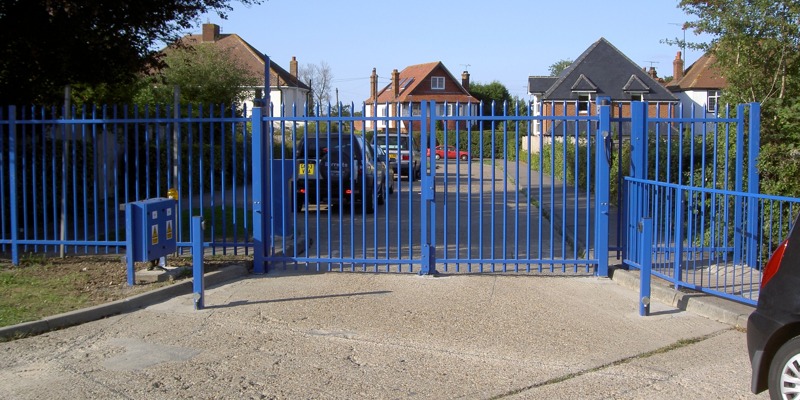It’s approaching 12 years since Gate Safe was started to raise awareness of the dangers associated with manual and automated gates and the necessary protocols required to deliver a safe and compliant installation.
In that time much has changed.
- There are now over 2,500 competent and trained installers on the Gate Safe register.
- The Gate Safe website receives over 500 enquiries per month on its ‘how to find an installer’ pages, indicating that there is now a clear appreciation of the importance of sourcing a suitably trained installer.
- The court findings linked to past accidents / fatalities have sent out a clear signal that everyone along the supply chain associated with an electric gate installation is accountable for its safety. And where it can be proven that there has been a failure to uphold that duty of care, the penalties will be high, potentially even extending to a jail sentence.
And yet these accidents are still occurring. Why?
Let’s take a look at the automated gate related accidents of the last two years to pinpoint exactly where the problems still lie.
During the period July 2010 to July 2022 , Gate Safe has recorded 40 incidents involving falling gates resulting in 13 deaths and 27 accidents. These are just the accidents that hit the press. In the majority of cases, the structure of the gate was compromised causing a single point failure, leading to the gate collapsing on the victim.
Common single point failures include:
- A sliding gate leaving its tracks, a fault which is wholly preventable by the correct installation of suitable end stops
- Brick pillars or similar built structures linked to the gate failing resulting in a weakening of the overall security of the installation. Regular maintenance checks would have picked up this serious flaw
- Gates breaking free from a tether during the installation phase. This could have been avoided by the use of correct equipment and a thorough risk assessment at the time of installation
- Failure of a hinge on a swing gate, again this risk can be mitigated by always incorporating three hinges on any gate
- Critical pins coming lose and falling out, a wear and tear fault which should be picked up by regular maintenance checks
- Children climbing on the gate exposing an inherent weakening of the structure – a situation which can be avoided by the removal of any climbing aids
In addition to accidents involving falling gates, Gate Safe has recorded a further 14 incidents, which includes seven fatalities, relating to automated gates which have not been installed with the correct safety measures. This has resulted in the victim becoming trapped within the gate structure itself, being hit by the gate or automated barrier or being electrocuted. If the appropriate safety protocol had been followed at the time of installation, these accidents would never have occurred.
With automated gates becoming more of a regular feature in both domestic and commercial settings, there has never been a stronger need for installers to ensure their knowledge regarding the steps that must be taken to deliver a safe installation is up to date. With some markets facing an escalated cost of living; supply chain issues triggering inflated manufacturing expenses and potential shortages of key safety components, it is not inconceivable to believe that the overall price for a safe gate may not be palatable to the customer. However, any professional installer should resist the temptation to lower the price by simply cutting out essential safety and maintenance.
The ultimate cost for such poor practice could be loss of reputation, a considerable fine and the significant distress associated with the knowledge that your negligent actions have led to an untimely death.
Don’t be tempted to cut corners. If you’ve not already taken the training, do it now. If your training was some time ago (it should be revisited every two years), book yourself onto another course to refresh your learning.
Let’s work together to put an end to ALL automated and manual gate accidents.
